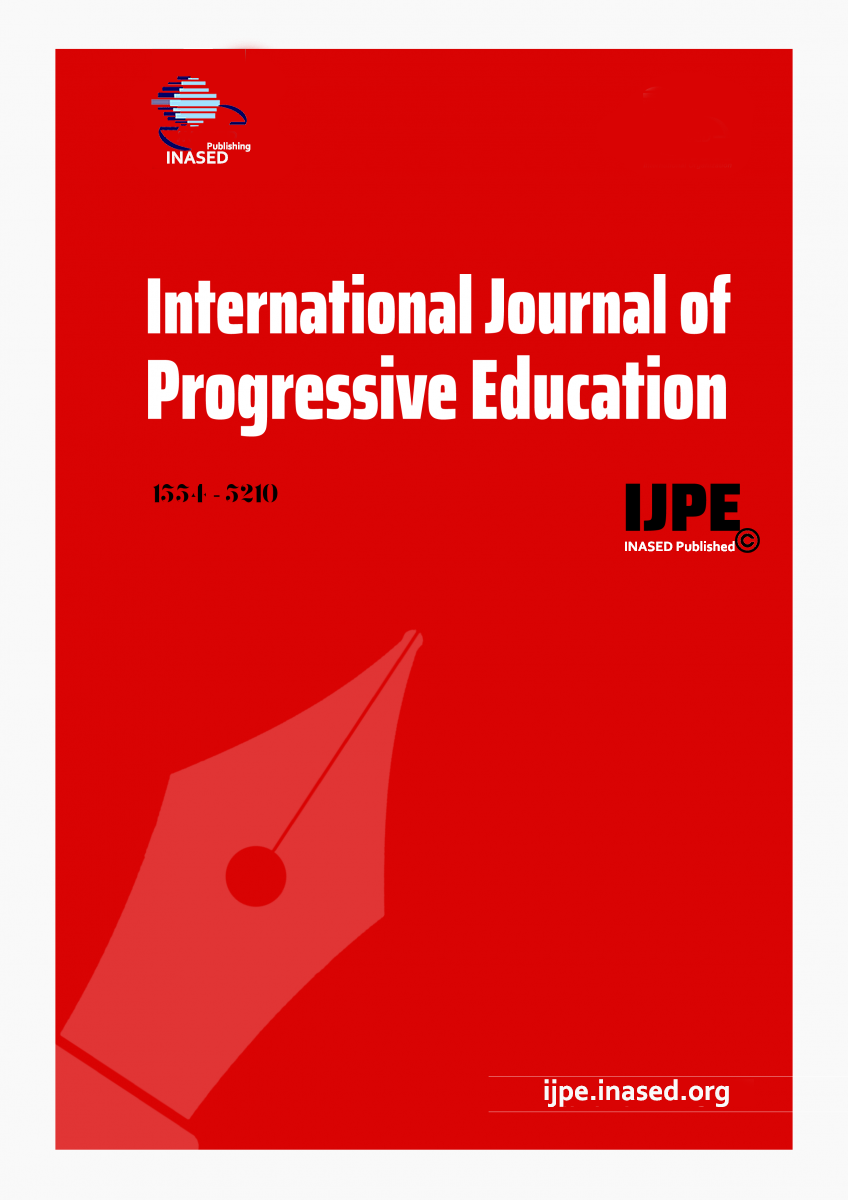- Argyle, M., Martin, M., Crossland, J. (1989). Happiness as a function of personality and social encounters. In J.P. Forgas, J.M. Innes (Eds.), Recent advances in social psychology: An international perspective (pp. 189- 203). Amsterdam: North Holland, Elsevier Science. [Google Scholar]
- Bentler, P. M. (1990). Comparative fit indexes in structural models. Psychological Bulletin, 107(2), 238–246. [Google Scholar]
- Bentler, P. M., & Bonett, D. G. (1980). Significance tests and goodness-of-fit in the analysis of covariance structures. Psychological Bulletin, 88, 588–606. [Google Scholar]
- Bodley, R. V. C. (1955). In search of serenity. Boston: Little, Brown. [Google Scholar]
- Bollen, K. A. (1989). A new incremental fit index for general structural equation models. Sociological Methods & Research, 17, 303–316. [Google Scholar]
- Boyd-Wilson, B. M., Walkey, F. H., & McClure, J. (2004). Serenity: Much more than just feeling calm. Advances in Psychology Research, 29, 35-55. [Google Scholar]
- Brown, T. A. (2006). Confirmatory factor analysis for applied research. New York: Guilford. [Google Scholar]
- Browne, M. W., & Cudeck, R. (1993). Alternative ways of assessing model fit. In: K. A. Bollen & J. S. Long (Eds.), Testing structural equation models (pp. 136–162). Beverly Hills, CA: Sage. [Google Scholar]
- Büyüköztürk, Ş. (2007). Sosyal Bilimler İçin Veri Analizi El Kitabı (8. Baskı). Ankara: PegemA Yayıncılık. [Google Scholar]
- Büyüköztürk, Ş. (2011). Sosyal Bilimler İçin Veri Analizi El Kitabı. Ankara: Pegem Akademi Yayıncılık. [Google Scholar]
- Byrne, B. M. (2010). Structural equation modeling with AMOS: Basic concepts, applications, and programming (2nd edition). MA: Routledge. [Google Scholar]
- Clark, S. C, Milberg, S., & Erber, R. (1984). Effects of arousal on judgment of others' emotions. Journal of Personality and Social Psychology, 46(3), 551-560. [Google Scholar]
- Davis LL. Instrument review: Getting the most from a panel of experts. Applied Nursing Research, 1992: 5: 194-7. [Google Scholar]
- Demirci, İ. (2017). Huzurlu ve mutlu yaşamın değerler ve karakter güçleri bağlamında karma bir araştırmayla incelenmesi. Yayımlanmamış doktora tezi, Marmara Üniversitesi Eğitim Bilimleri Enstitüsü, İstanbul. [Google Scholar]
- Demirci, İ. ve Ekşi, H. (2017). Huzur Ölçeği’nin Geliştirilmesi ve Psikometrik Özelliklerinin İncelenmesi. Değerler Eğitimi Dergisi, 15(33), 39-60. [Google Scholar]
- Diener, E. (1984). Subjective well-being. Pschological Bulletin, 95(3), 542-575. [Google Scholar]
- Field, A. (2009). Discovering Statistic Using SPSS for Windows. London: SAGE Publications [Google Scholar]
- Floody, D. R. (2014). Serenity and Inner Peace: Positive Perspectives. 107–133. https://doi.org/10.1007/978-1-4614-9366-2_5 [Google Scholar] [Crossref]
- Garvey, K. (1977). The serpentine serenity of EST. Christianity Today, 21, 13-15. [Google Scholar]
- Gerber, W. (1986). Serenity: Living with equanimity, zest, and fulfillment by applying the wisdom, of the world's greatest thinkers. Lanham, MD: University Press of America. [Google Scholar]
- Hair, J., Black, B., Babin, B., Anderson, R., & Tatham, R. (2006). Multivariate data analysis (6th ed.). Upper Saddle River, NJ: Prentice-Hall. [Google Scholar]
- Jöreskog, K. G., & Sörbom, D. (1988). LISREL 7: A guide to the program and applications. Chicago,IL: SPSS Inc. [Google Scholar]
- Kline RB. Principles and Practice of Structural Equation Modeling. New York: Guilford Press; 2005. p.154-186. [Google Scholar]
- Kreitzer, M. J., Gross, C. R., Waleekhachonloet, O. anong, Reilly-Spong, M., & Byrd, M. (2009). The brief serenity scale: a psychometric analysis of a measure of spirituality and well-being. Journal of Holistic Nursing : Official Journal of the American Holistic Nurses’ Association, 27(1), 7–16. https://doi.org/10.1177/0898010108327212 [Google Scholar] [Crossref]
- Kruse, B. G. (1999). The lived experience of serenity: Using Parse’s research method. Nursing Science Quarterly, 12(2), 143-150. https://doi.org/10.1177/08943189922106576 [Google Scholar] [Crossref]
- Kruse, B. G., Heinemann, D., Moody, L., Beckstead, J., & Conley, C. E. (2005). Psychometric properties of the serenity scale. Journal of Hospice and Palliative Nursing, 7(6), 337–344. https://doi.org/10.1097/00129191-200511000-00014 [Google Scholar] [Crossref]
- Marsh, H. W., Balla, J. R., & McDonald, R. P. (1988). Goodness-of-fit indexes in confirmatory factor analysis: The effect of sample size. Psychological Bulletin, 103, 391–410. [Google Scholar]
- Mualik, S. A., James, L. R., Van Alstine, J., Bennett, N., Lin, S., & Stilwel, C. D. (1989). Evaluation of goodness of fit Indices for structural equation models. Psychological Bulletin, 105(3), 430–445. [Google Scholar]
- Nunnally, J. C., ve Bernstein, I. H. (1994) Psychometric theory (3rd ed.). New York, NY: McGraw-Hill, Inc. [Google Scholar]
- Oates, W. E. (1979). Nurturing silence in a noisy heart. Garden City, NY: Doubleday. [Google Scholar]
- Öksüz, Y., ve Karalar, M. (2019). Üniversite Öğrencilerinin Huzur ve Otantiklik Düzeyleri Arasındaki İlişkinin İncelenmesi. Eğitim Kuram ve Uygulama Araştırmaları Dergisi, 5(3), 321-336. [Google Scholar]
- Pfau, R. (Speaker). (1988). Serenity (Cassette Recording). Indianapolis: S.M.T. Guild. [Google Scholar]
- Roberts, K. T., & Aspy, C. B. (1993). Development of the Serenity Scale. In Journal of nursing measurement (Vol. 1, Issue 2, pp. 145–164). [Google Scholar]
- Roberts, K. ve Cunningham, G. (1990). Serenity: Concept analysis and measurement. Educational Gerontology, 16(6), 577-589. https://doi.org/10.1080/0380127900160607 [Google Scholar] [Crossref]
- Steiger, J. H. (1989). Causal modeling: A supplelnentary module for SYSTAT and SYGRAPH. Evanston, 1L: SYSTAT. [Google Scholar]
- Şanlı, E., Balcı Çelik, S., & Gençoğlu, C. (2019). Validity and Reliability of The Authentic Happiness Scale. Khazar Journal of Humanities and Social Sciences, 22(1), 5–20. https://doi.org/10.5782/2223-2621.2019.22.1.5 [Google Scholar] [Crossref]
- Şimşir, Z. (2020). Üniversite öğrencilerinin yaşamında öz-disiplin: Azim, yaşam doyumu ve huzur bağlamında karma bir araştırma. Yayımlanmamış doktora tezi, Necmettin Erbakan Üniversitesi Eğitim Bilimleri Enstitüsü, Konya. [Google Scholar]
- Türk Dil Kurumu Sözlük. 04 Aralık 2022 tarihinde (https://sozluk.gov.tr/ ) adresinden erişildi. [Google Scholar]
- Vidaman, K. F., & Thompson, J. S. (2003). On specifying the null model for ıncremental fit ındices in structural equation modeling. Psychological Methods, 8(1), 16–37. [Google Scholar]
- Whitfield, C. L. (1984). Stress management and spirituality during recovery: A transpersonal approach. Part 1: Becoming. Alcoholism Treatment Quarterly, 1(1), 3-54. [Google Scholar]
|


